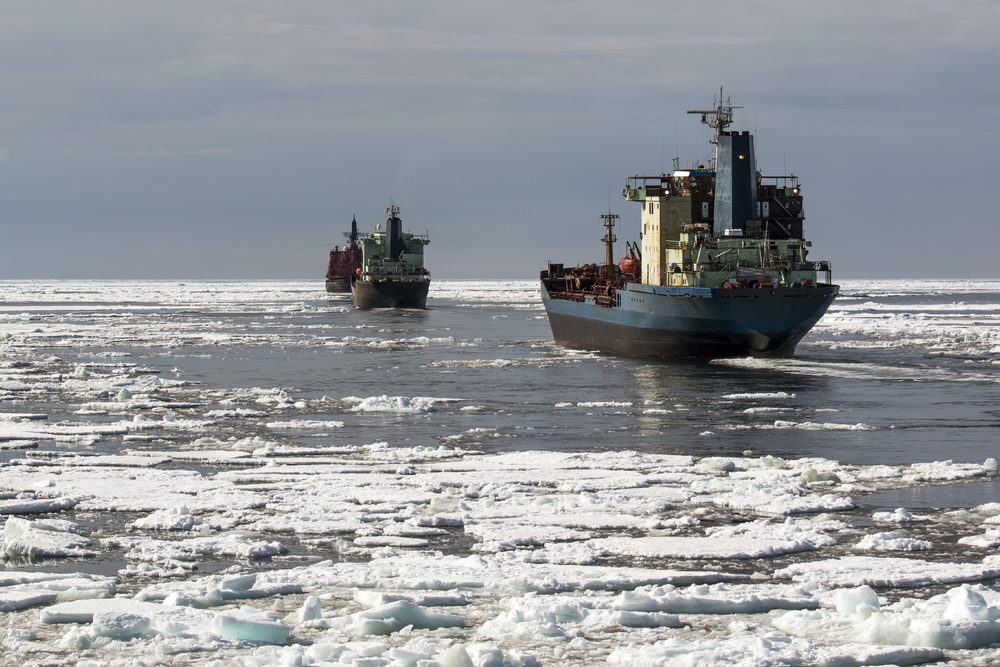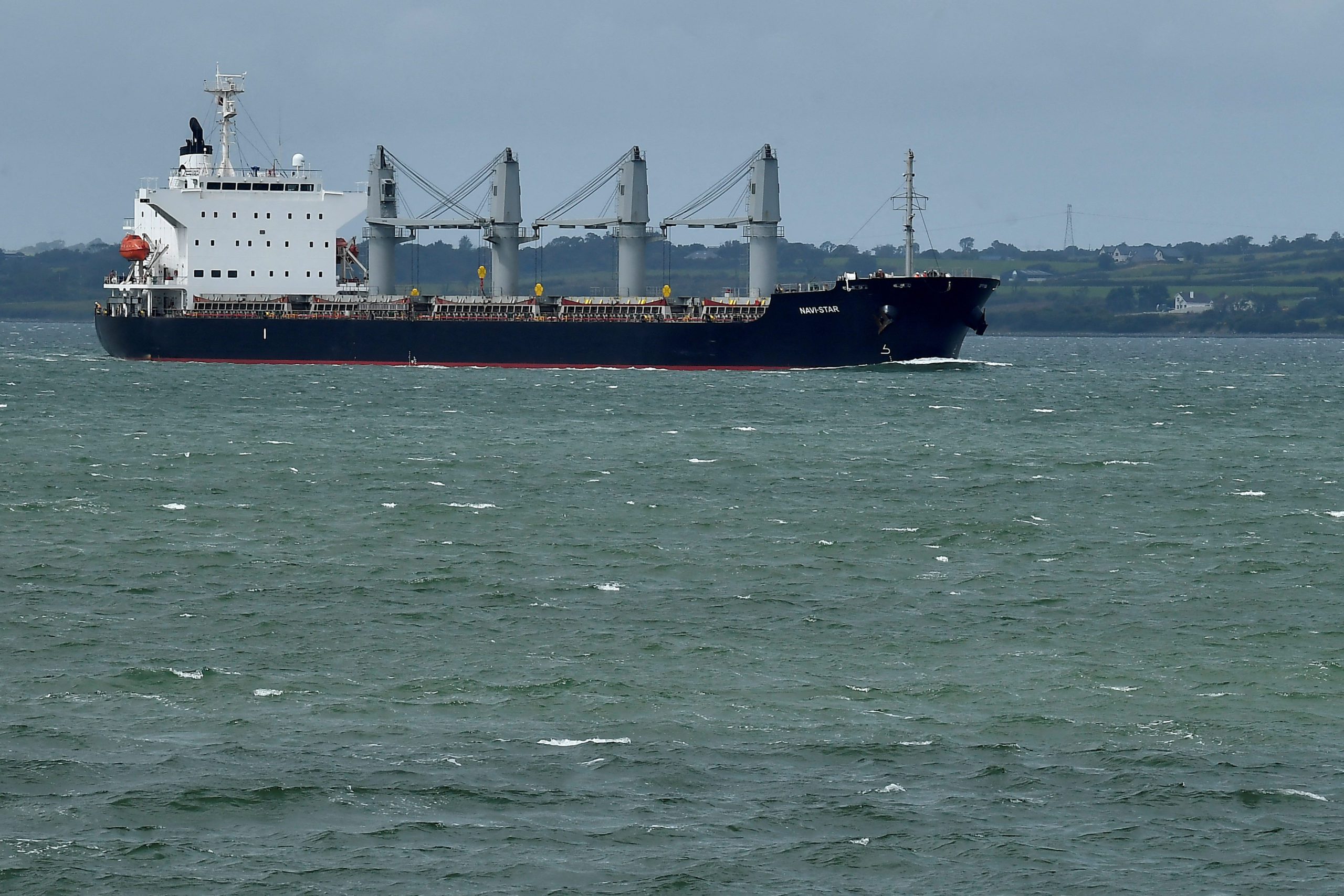(Bloomberg) —
The Canadian government’s ability to track foreign vessels through the Arctic is woefully inadequate and the situation may get worse, according to a new report by the Auditor General of Canada.
Domestic surveillance of the region is incomplete, data that’s collected is insufficient, and there is no effective way of sharing information on maritime traffic, the watchdog said. Meanwhile, new icebreakers, aircraft, satellites and infrastructure required to fix these problems have been delayed to the point where some equipment likely will be retired before it can be replaced.
“Federal organizations that are responsible for safety and security in the Arctic region do not have a full awareness of maritime activities in Arctic waters and are not ready to respond to increased surveillance requirements,” said the report from Auditor General Karen Hogan.
The Arctic is warming roughly four times as fast as the rest of the world, opening the region to increased traffic for cargo, tourism or military purposes. The number of voyages through Canada’s Arctic more than tripled between 1990 and 2019, the auditor notes, and is expected to continue increasing.
The report examined five government organizations responsible for surveillance in Arctic waters — the Department of National Defence, the Canadian Coast Guard, Transport Canada, Fisheries and Oceans Canada, and Environment and Climate Change Canada — to determine whether they’re capable of dealing with security and safety risks caused by more vessels.
While the problems have been identified, for the most part, actions haven’t been taken to fix them, the auditor found.
For example, satellites monitoring Canada’s Arctic territory can’t meet all the federal demands for radar imagery. Those same satellites are expected to reach the end of service long before replacements arrive, Hogan’s report said.
That could leave Canada with limited surveillance capacity “for years,” the report warns, which “would likely increase Canada’s reliance on its allies for surveillance information.”
Heightened tensions with Russia after its invasion of Ukraine have put more focus on the Arctic. The US and Canada are cooperating to modernize the North American Aerospace Defence Command. In June, the Canadian government announced C$38.6 billion ($29 billion) in funding over 20 years for new radar stations, aircraft and other infrastructure.
The government is also planning to replace six aging icebreakers that patrol the region. The old ships are expected to start reaching the end of their service lives by 2029; the first new ship was supposed to be delivered by 2030 but will likely be delayed, the report says.
About 75% of Canada’s coastline is in the Arctic — more than 162,000 kilometers (100,660 miles) — making the country the second-largest Arctic nation, after Russia.
© 2022 Bloomberg L.P.

 Join The Club
Join The Club











